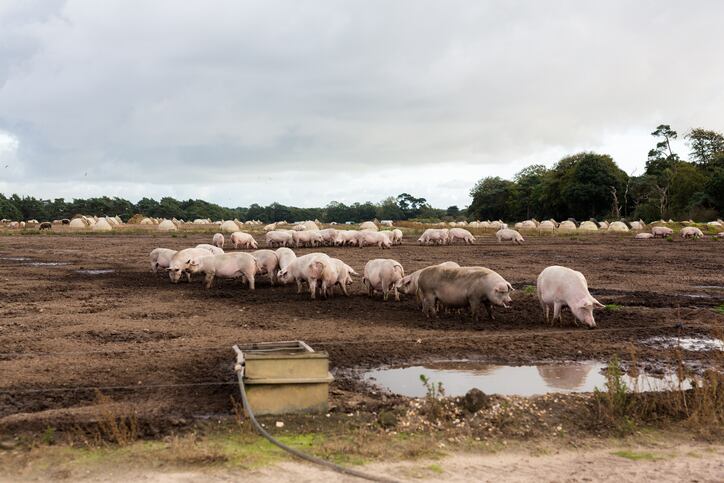“Creating more equitable opportunities for Black farmers is a rising tide that can lift all boats,” he said in comments prepared for the committee’s hearing to review the state of Black farmers in the US on March 24.
“As one study found, closing racial gaps in wages, housing credit, lending opportunities, and access to higher education would amount to an additional $5 trillion in gross domestic product and six million jobs to the American economy over the next five years,” he explained as justification for “socially disadvantaged farmer provisions in the American Rescue Plan,” that have come under fire by some legislators and white stakeholders.
The $1.9 trillion stimulus bill will direct $4 billion to farmers of color, offer debt relief up to 120% for Black farmers and $1.01 billion for outreach, training, education, technical assistance, grants & loans and funding for improving land access.
These funds “address longstanding racial equity issues within the Department and across agriculture” and “respond to the cumulative impacts of systemic discrimination and barriers to access that have created a cycle of debt,” Vilsack said in prepared comments.
He also noted that USDA is in the process of creating a Racial Equity Commission to identify and address barriers across the department.
These provisions are a “big win” for Black farmers, but are just the beginning – not the end – to creating a more equitable agriculture industry, John Boyd, president of the National Black Farmers Association told the committee in prepared comments.
“By providing debt relief to Black farmers and other farmers of color, the American Rescue Plan Act … gives new life to Black farmers facing foreclosure. But there is still much more to be done to right these historic wrongs and to ensure that Black farmers remain part of the fabric of American agriculture,” he said.
To further support Black farmers, he called on the committee and other stakeholders to reform the subsidy and crop insurance programs to level the playing field between white and Black farmers.
“While Black farmers receive about $60 million in annual commodity subsidies, white farmers annually receive abut $10 billion in commodity subsidies,” he explained, adding, “an eligible Black farmer receives on average $7,755 in commodity subsidies [while] an eligible white farmer receives, on average, $17,206 in commodity subsidies.”
Ad hoc disaster payments also “overwhelmingly flow to white farmers,” he said, noting that 97% of Coronavirus Food Assistance Payments went to white farmers.
While some of this disbursement can be explained by Black farmers accounting for only 1.3% of the 3.4 million farmers in the US today – that figure also is loaded as Boyd points out that “as a result of differential treatment and discrimination against Black farmers, like myself, the number of Black farmers has fallen dramatically – from more than 900,000 in 1920 to less than 50,000 today.”
He added: “The result of decades of discrimination is that Black farms are smaller, and our revenues are smaller than those of our white neighbors. Therefore, eligible Black farmers receive less support from USDA and fall further and further behind. What’s more, a disproportionate share of Black farmers produce farm products that are not even eligible for traditional subsidies.”
As such, he called on the committee and stakeholders to expand access to land and credit so that Black farmers can expand their operations.
And finally, Boyd told the committee and stakeholders that outreach and technical assistance is needed for Black farmers “who have been treated as second-class citizens by the Department for too long.”
‘Prosperous farmers of color means a prosperous agriculture sector’
In addition to the provisions in the American Rescue Plan, Vilsack said, he is striving to build “one of the most capable and diverse teams in the federal government, one that looks like the America we serve.”
He explained that having field and state office employees who represent the diversity of America and share the Biden administration’s commitment to equity is essential for supporting producers and other stakeholders who use those offices as front door to the department.
In addition, he said USDA is, “examining opportunities to increase equity for all underserved populations, ensuring access to healthy meals to tackle nutrition insecurity, putting greater emphasis on nation-to-nation consultation practices with Tribal nations, and bringing an equity lens to all strategic priorities, especially tackling the climate crisis and improving the rural economy.”
While touting these efforts, Vilsack noted “more needs to be done to drive our efforts deeper,” including redressing systemic discrimination and establishing support systems to enable Black and socially disadvantaged producers the opportunity to succeed.
He reiterated that these efforts are essential to the overall health of the agriculture sector, noting the necessity to “make clear that prosperous farmers of color means a prosperous agriculture sector and a prosperous America.”




